Svalbard is a norwegian archipelago in the Arctic Ocean where the world's northernmost city is situated. It is a place where the underground, terrestrial and spatial universes blend into each other starting from a coal mine up to Venus.
Related Movies
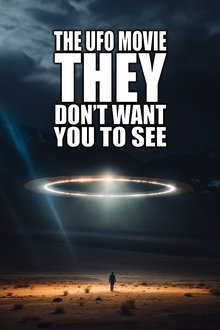
The UFO Movie THEY Don't Want You to See (2023)
In an age when misinformation, alternative facts, and conspiracy theories have become mainstream, UFOs have risen to become one of the most-talked about pop culture phenomena. With all of this noise, how can we expect anyone to know how much of this is true? What is in our skies? What do we know, and how do we know it? And most importantly: Are we being visited?

Norway Massacre: The Killer's Mind (2011)
The special examines the motives behind and analysis of the shocking attacks that took place Friday in Oslo and on the nearby island of Utoya. Anders Behring Breivik, a 32-year-old Norwegian, is accused of perpetrating the twin attacks, in which 76 people died.
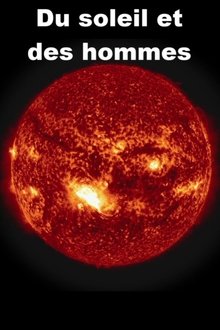
The Sun and Man (2018)
The Sun was born way before Man existed. What exact role did the Sun play in the emergence of life and Mankind? When did Humanity identify it? Then deify it? At what point did Man want to understand it? When and how was the Sun used by Man? The Sun is everywhere and is the origin of everything. We are going to show that our culture, our daily lives, our society, our bodies and our lifestyles are all derived from the Sun and are dependent on the Sun. We will go back in time, go back in history to understand the relationship between Man and the Sun.
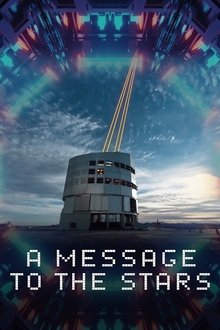
A Message to the Stars (2021)
For more than 50 years, we’ve been unsuccessfully searching for any evidence of intelligent extraterrestrial life. But, the discovery of thousands of exoplanets has meant the hope of finding them is higher than ever. If any messages could eventually be decoded and answered in any far, far away star, it could radically transform our consciousness as species and our place in the universe. A message from the stars changes life on Earth… forever.
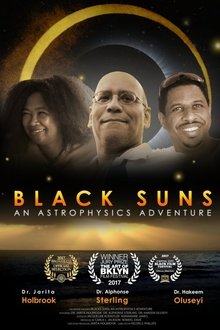
Black Suns: An Astrophysics Adventure (NaN)
BLACK SUNS: AN ASTROPHYSICS ADVENTURE is a documentary about chasing eclipses and science dreams. It chronicles the lives of two globetrotting African American astrophysicists, Dr. Alphonse Sterling and Dr. Hakeem Oluseyi, as they follow the two solar eclipses that occurred in 2012. Dr. Alphonse Sterling of NASA, stationed in Japan, had early success in the US, but left his home country to further cultivate his wide-ranging interests. Dr. Hakeem Oluseyi of the Florida Institute of Technology, is a scientist who beat the odds of poverty, and a poor early education, to get where he is today. The film is hosted by award-winning cultural astronomer Dr. Jarita Holbrook.
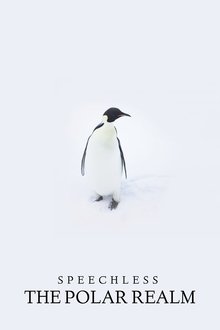
Speechless: The Polar Realm (2015)
Beautifully filmed by New Zealand nature photographer Richard Sidey over the past decade around the polar regions, Speechless: The Polar Realm is a visual meditation of light, life, loss and wonder at the ends of the globe. This is the second film in Sidey’s non-verbal trilogy which is comprised of: - Landscapes at the World’s Ends (2010) - Speechless: The Polar Realm (2015) - Elementa (2020)

A Year Along the Abandoned Road (1991)
A portrait of a deserted fisherman's village in Northern Norway called Børfjord - a place with an incredible personality in the middle of a magnificent Arctic nature. The 12 minute short film was filmed in 70mm Super Panavision, using a specially developed "nature animation" technique. The result is a magic flight in one single shot, along the remains of an internal village road. At the same time a whole year passes by at 50 000 times normal speed! Most of the year, the village of Børfjord lies empty with virgin snow between cold houses. People show up only during a short and hectic summer season. But the cycles of nature go on as they have always done, totally independent of what people might do.

Santa's Wild Home (2020)
Green lights dance across a star-filled sky, and snowflakes sparkle on the trees. It is little wonder Lapland is famous as a realm of elves and flying reindeer, the magical home of Santa Claus. This northernmost region of mainland Europe, however, is a real place, with real animals such as reindeer, Great Gray owls, wolverines, eagles, wolves, musk oxen and Brown bears who live out their lives in the tundra and forest.
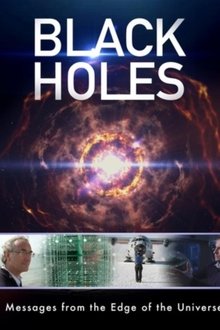
Black Holes: Messages from the Edge of the Universe (2017)
It is the birth of neutrino astronomy. For the first time, astrophysicists can detect extra-terrestrial neutrinos in ice on the South Pole. The fundamental questions of science remain unanswered., how did the universe come to be? What keeps our world together? The newly discovered extra-galactic neutrinos may hold the keys to answering these questions.

The Continuum Project (2010)
The Continuum Project follows some of the world's best climbing talent around the globe to document bold new routes and daring repeats on ice, rock, and in the alpine. The film focuses on these climbers' drive to explore, their passion for the mountains and the climbing lifestyles.
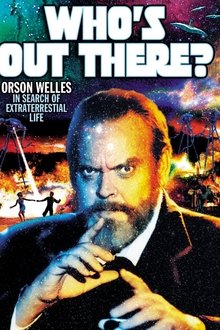
Who's Out There? (1975)
Orson Welles — with contributions from scientists George Wald, Carl Sagan, and others — examines the possibility and implications of extraterrestrial life. In examining our perceptions of alien 'martians' from his "War of the Worlds" broadcast, to then-modern explorations of Mars, this film from NASA provides a unique glimpse at life on earth, and elsewhere in the universe.

Splendour of the Heavens (1962)
A film about astronomy which also happens to show views of the ancient city of Winchester, before focussing on a particular house in the suburbs with its own observatory.

Karenina & I (2017)
The actor Gøril Mauseth goes on a 11.000 kilometer travel with the Trans-Siberian to play Anna Karenina in a new language in Leo Tolstoj's Russia, discovering the language, and the reasons Tolstoj wrote what he wrote, changing her forever.

Secrets of the Dead: Graveyard of the Giant Beasts (2016)
A mining operation in Cerrejon, Northern Colombia revealed a treasure trove of fossils from animals that lived ten million years after the KT extinction that killed the dinosaurs. Surprisingly, enormous reptiles were dominate. Scientists investigate who was the apex predator of the era - Titanoboa, a quarter ton giant snake five times bigger than the largest anaconda, or a similarly giant crocodilian with an incredibly deadly bite force. —David Foss
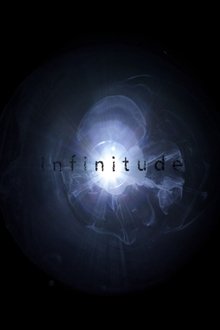
Infinitude (2016)
Infinitude is a meditation on the cosmic evolution of matter and energy over time. Experimental filmmaking techniques such as time-lapse, high-speed, and stop-motion photography were used to photograph handmade props, fluid dynamics, and angular momentum. Infinitude is a handmade representation of the exponential growth of complexity in the cosmos.

Extreme der Tiefsee - Abysses (2018)
The deep waters of the Southern and Pacific Oceans still hold many mysteries. Two international teams of scientists set out to explore the icy depths of Antarctica and the abysses of the Mariana Trench. Filmed for the first time, creatures seemingly from another galaxy cohabit with champions of survival in extreme conditions.

An Experiment in Leisure (2016)
An Experiment in Leisure explores the link between free time and creativity, between leisure and the kind of imaginative contemplation it facilitates.
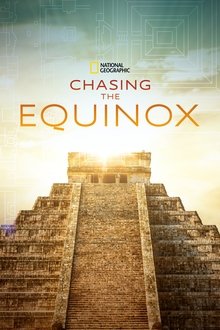
Chasing the Equinox (2019)
The ancients hid the secrets of their incredible knowledge of astronomy in their temples and palaces, built to align with the sun, on the same day, all over the world. Revealing our species' obsession with the sun, across thousands of years and every continent, this is architectural magic on a cosmic scale.
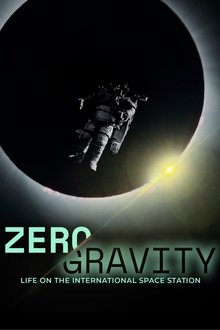
Zero Gravity: Life on the International Space Station (2022)
European Space Agency astronaut Alexander Gerst and his NASA colleague Reid Wiseman are launched into space from the Baikonur Cosmodrome in Kazakhstan. Gerst and Wiseman spend six months in humanity's outpost in space and film many of their activities.
